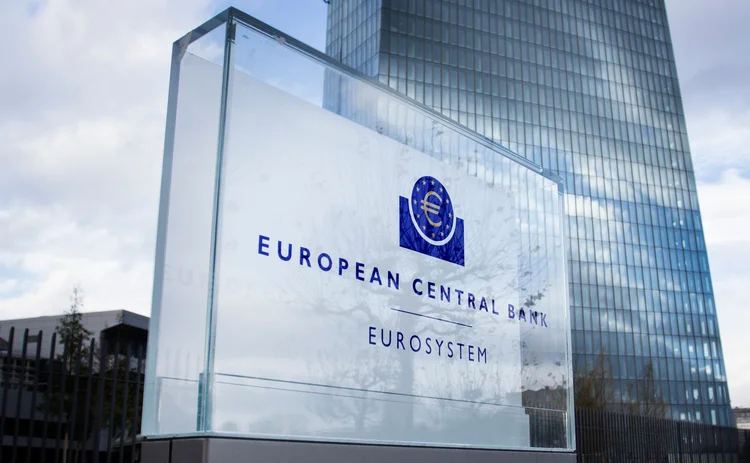- Web Desk
- 3 Hours ago

European Central Bank may consider larger rate cuts, says governing council member
-
- Web Desk Karachi
- Apr 25, 2025

FRANKFURT, GERMANY: The European Central Bank will probably have to lower interest rates further and shouldn’t exclude a larger reduction, according to Governing Council member Olli Rehn.
While “pervasive uncertainty” stemming from geopolitical and trade requires officials to keep an open mind on next steps, Rehn warned that financing conditions have tightened recently and risks to economic growth have begin to be realised.
“It is really important that we maintain full freedom of action, implying that we do not define certain thresholds because of an assumed neutral rate, and we don’t a priori rule out a certain size of rate cut either,” he said. “This is a time for agile and active monetary policy.”
ECB officials are stressing the need for flexibility after last week’s seventh decrease in the deposit rate, which now stands at 2.25 percent. So far, all of those moves have been by a quarter point and analysts predict one more of that size arriving this year. But financial markets foresee additional easing.
Traders slightly added to bets on further ECB rate cuts after Rehn’s remarks, pricing a 92 percent chance of a quarter point reduction at the next meeting in June. Swaps imply 66 basis points of easing by the end of the year, which means two more cuts are fully priced and there’s a 64 percent chance of a third.
Asked about the option of a bigger move, ECB Chief Economist Philip Lane told Bloomberg that “philosophically, we don’t pre-commit to any rate path” and that “there’s no reason to say we’re always going to do the default 25 basis point moves. Still, he stressed the theoretic nature of his comments.
A key input as policymakers decide between another reduction or a pause at June’ meeting will be fresh staff forecasts for the economy and inflation. At the last round, in March, price growth was seen averaging 1.9 percent next year and 2 percent in 2026.
“If in June inflation is projected to fall below our 2 percent inflation target over the medium term, then the right reaction is to cut rates further,” Rehn said in an interview.
Christine Lagarde to face press as ECB set to implement another rate cut, seventh since June
The Finnish central-bank chief, who spoke on the sidelines of the IMF’s Spring meetings, said that even if that’s not the case, there are few good arguments to take a break.
“We also have to look at the growth outlook and financial conditions,” Rehn said. The latter have tightened because of the turbulence caused by the US administration’s trade standoff with China and the rest of the world, while at the same time, risks identified in March as part of the ECB’s economic projections “have broadly materialised.”
It’s against that backdrop that the ECP will make a comprehensive assessment and decide on rates,” he said. “There is so much pervasive uncertainty in the air we have to move meeting by meeting.”
Whether a larger, 50-basis point cut may be considered, “depends on the inflation outlook in the medium term and how much worse or better the growth outlook will be,” Rehn said.
While a half-point move hasn’t been seriously sought yet by any Governing Council member, the subject was touched on at April’s meeting.
Fiscal policy is an important factor in assessing how price pressures will shape up.
“The decisions to strengthen common defense in Europe and invest more in defense are more than welcome,” he said, though “they won’t affect our inflation outlook much in the medium term as defined in monetary policy.”
The former European commissioner for the economy applauded efforts by Brussels to de-escalate trade tensions with the US by proposing a zero-for-zero tariff agreement.
“That will reinforce Europe’s negotiating position and help achieve a negotiated solution, which would be to the benefit of all parties,” he said.






